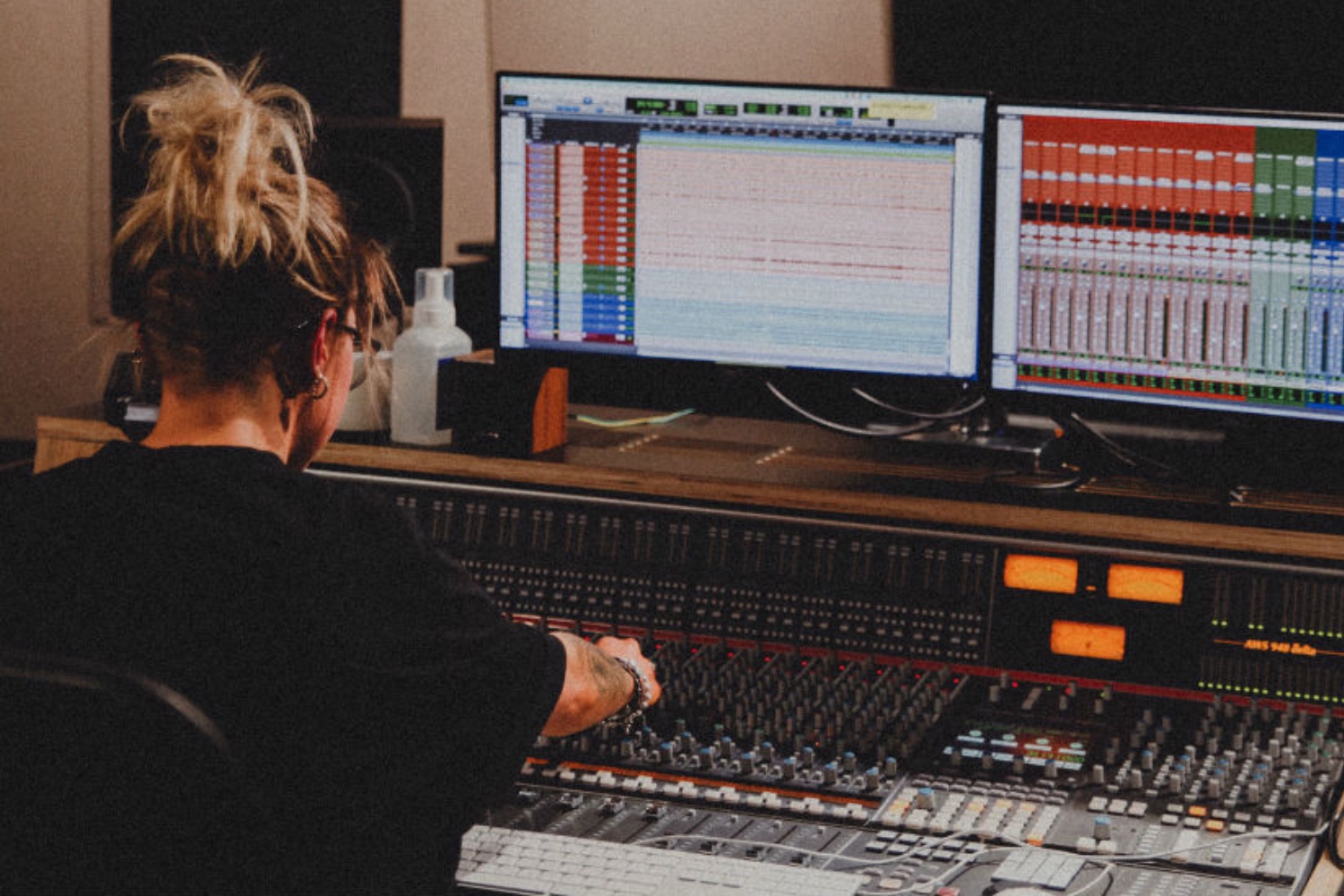Part six of our content collaboration with Collarts.
In the broader audio industry, live sound is in many ways the frontline for the practical application of technology in the field, serving as the ultimate test of an engineer’s skillset and ability to perform under pressure.
In the live domain, the stakes are high, the acoustics unfriendly and the audience response instantaneous (for better or worse).
As an undertaking, it has the ability to provide some of the most powerful experiences in all of audio, but with that power comes great responsibility – a responsibility to both artist and audience to deliver in the heat of the moment.
With the very unique skillset required in this pillar of the audio industry (and the hands-on nature of live sound in general), it probably isn’t the most obvious subject matter to translate into the remote learning experience, on paper at least.
Yet despite all odds, Collarts have proven it to be a natural fit, in many ways providing one of the most faithful representations of the on-campus experience of anything in the remote audio course.
Dylan Mitrovich, Collarts Audio Course coordinator explains: “With live sound, it’s very practical and very hands-on by nature, so the idea of building simulations and having them translate into the field has always been extremely important to us.”
“Understanding what’s important to the experience and figuring how best to facilitate these experiences using the technologies afforded, that is where the innovation lies when it comes to teaching live sound.”
Dylan is no stranger to live sound either. As a front-of-house engineer and seasoned road warrior, he’s spent years touring the globe, mixing live sound in some of the biggest venues around the world and thus, is familiar with the kinds of workflows and control protocols endemic to the modern live environment.
His knowledge of console remote protocol was pivotal in discovering how these could be used for the purpose of remote operation of equipment for students off campus.
“That’s the great enabler with all this stuff. It comes down to having mix consoles that feature some kind of on-board remote control protocol, of which we are lucky to have,” explains Dylan.
“Digico have their Offline Editor which can be used as a control protocol and the Behringer X32 is the same with its control software. Without these consoles having this capability from the get go, none of this would have been possible.”
Despite having their work cut out for them, Dylan and the Collarts team have overcome these obstacles, discovering a newfound level of control through on-board remote capabilities. A major breakthrough was when the team discovered how to take the aforementioned control protocol (usually made to operate within 50-100m from front of stage) and apply it to the context of remote learning, in turn allowing students to control these consoles from their homes, sometimes hundreds of kilometres away.
“That was where remote desktop control really came into play,” explains Dylan. “By having the in-house console connected to a laptop on campus (with the remote software enabled), we were then able to have students connect to that laptop via Remote Desktop Control, almost like a remote for the remote so to speak.”
“This means we are able to circumvent the previous limitations in regards to distance,” he remarks enthusiastically. “Once we had that, it was all systems go.”
As we all know, mixing consoles aren’t the only aspect of live sound production, and after sorting out the control protocol, Dylan and the team fixed their ears on the ‘Sound’ component of ‘Live Sound Engineering’. This was yet another area in which they found the powerful audio streaming platform Audiomovers to be particularly adept.
“So many streaming platforms are designed with communication and conversation in mind,” he recalls, “They are optimised for conference calling, not for broadcasting high definition audio from a live console for critique, so we no doubt found the limitations of these platforms pretty quickly.”
“In that respect Audiomovers was a game changer for us, being able to stream 5 mbps at less than 100ms latency from console to student. That’s just an incredibly powerful tool and goes a long way to legitimising these kinds of experiences in the remote learning environment.”
With the console control and a faithful sonic/visual environment now up and running (and with the live sound remote learning experience far exceeding expectations), it was ready to be integrated into the course curriculum. What Dylan wasn’t expecting however, was how the very nature of live engineering would evolve in front of his very eyes, with Collarts already a step ahead of the technological curve.
“It was absolutely fascinating to see the rise of artist live streams and streamed performances through the early stages of the lockdown,” recalls Dylan.
“Witnessing all these different approaches to live performance and knowing on a technical level, exactly what could be implemented to help facilitate this better. Live streaming is almost a discipline unto itself, and something that we are sure to see more of even after restrictions ease and everybody is back hitting the festivals.”
Head to Collarts and find out more about all the courses on offer today.







